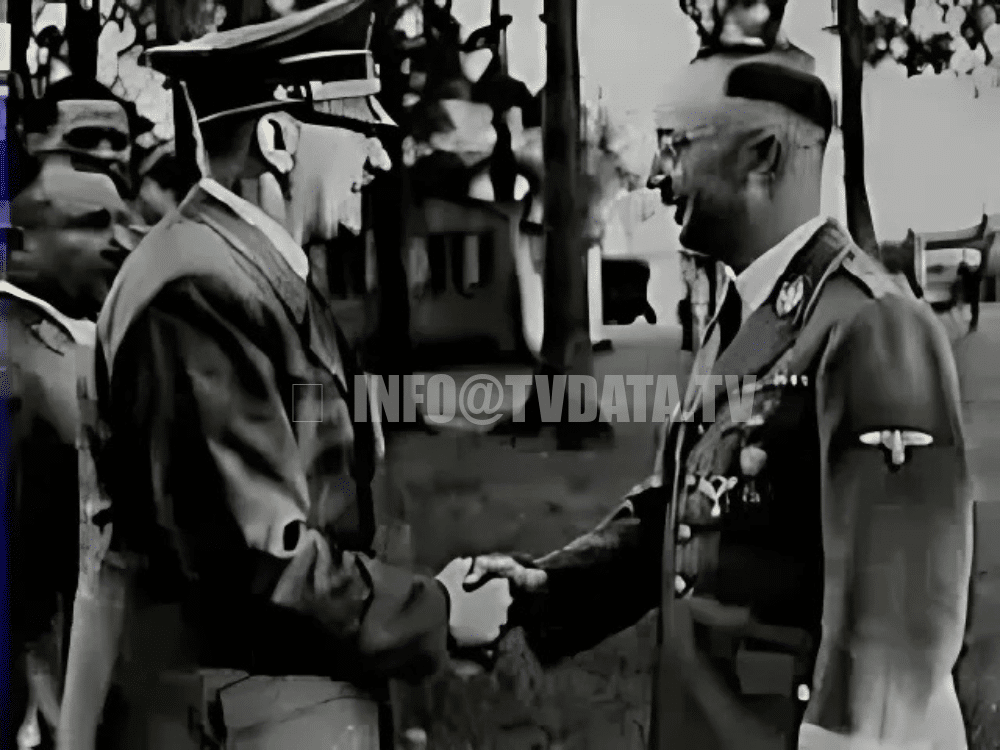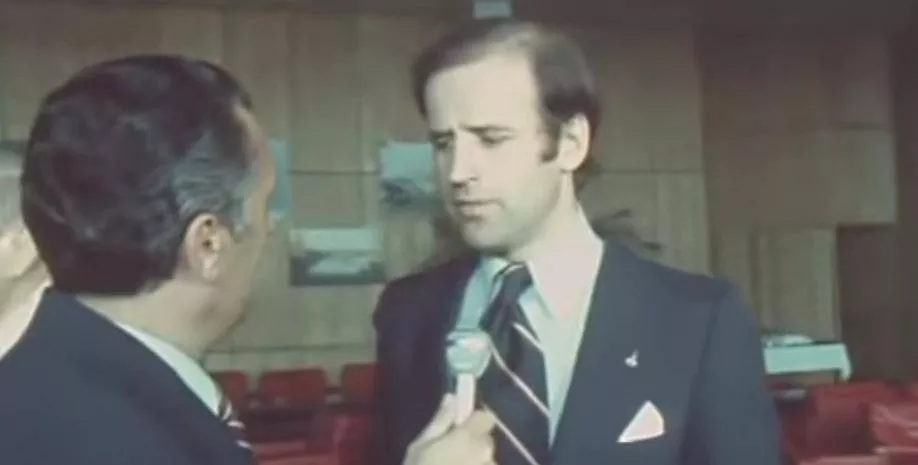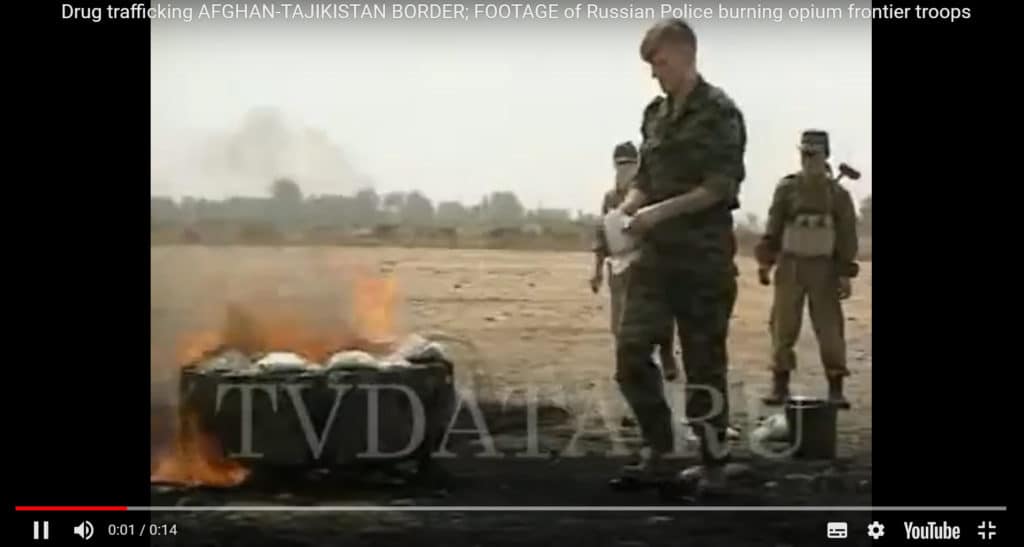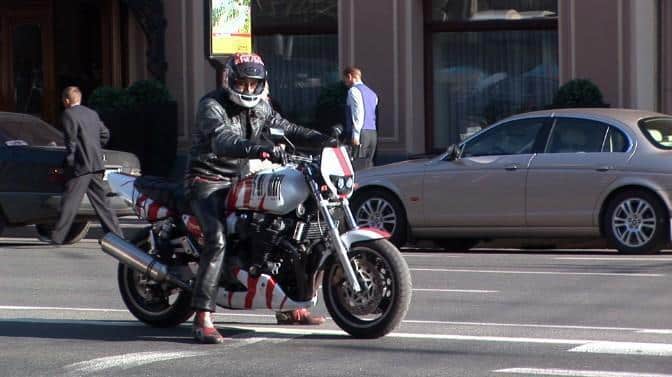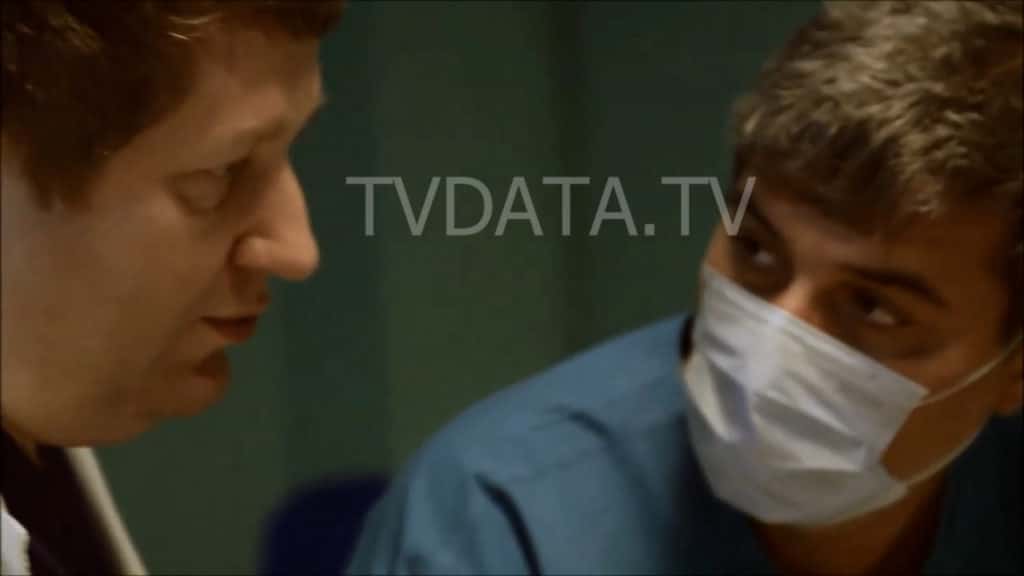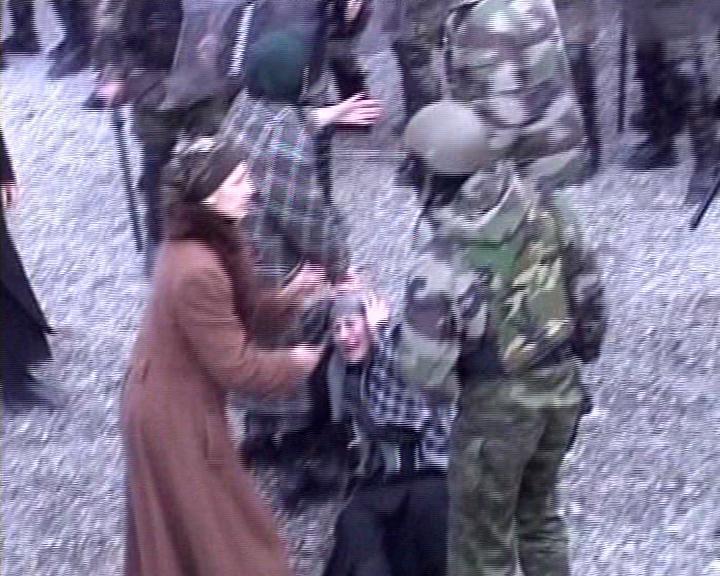In the mid-1990s, aerial footage of central Moscow and the Kremlin was a rare and unique sight. Capturing such footage required skilled pilots, experienced camera operators, and specialized equipment. The two most common methods for obtaining these shots were through the use of helicopters and fixed-wing aircraft. Both techniques offered their own unique advantages and challenges in capturing the breathtaking views of Moscow’s iconic landmarks. Here we present 10 minutes of Captivating 1990s Moscow Cinematic Aerials.
Helicopters were a popular choice for filming aerial footage of central Moscow and the Kremlin. It gave some stability and manoeuvrability.
With their ability to hover and fly at low speeds, helicopters provided a stable platform for camera operators to film the majestic architecture of the Kremlin, the Moskva River, and the surrounding cityscape. This allowed filmmakers to capture smooth tracking shots, moving slowly over the iconic sites and providing viewers with an intimate and immersive perspective of the Russian capital.
To film using a helicopter, a production team would mount cameras on the exterior of the aircraft. Another way to have a camera operator positioned inside, usually through an open door or window.
This setup required expert coordination between the pilot and camera operator to ensure that the helicopter maintained a safe distance from buildings, monuments, and other obstacles while capturing the desired shots. The result was a unique perspective of Moscow’s historic landmarks that was previously unattainable through other means.
Spellbinding 1990s Moscow: Overhead Perspectives and Cinematic Panoramas of a Vanished Epoch
On the other hand, fixed-wing aircraft offered filmmakers the opportunity to capture aerial footage from higher altitudes and cover greater distances than helicopters. These aircraft were equipped with cameras mounted on the exterior or operated by a camera operator inside the plane. The higher vantage point provided a sweeping view of the Kremlin, the Red Square, and the surrounding cityscape, showcasing the grand scale and intricate design of Moscow’s architectural marvels.
Captivating 1990s Moscow Cinematic Aerials Panoramas
Using fixed-wing aircraft for aerial cinematography required a high level of precision and expertise from both the pilot and camera operator. The pilot maintains a steady flight path and altitude, while the camera operator had to carefully frame the shots and manage camera movements. The unique combination of high altitude and precise camera work allowed filmmakers to create an unparalleled sense of scale and grandeur in their footage.
Captivating 1990s Moscow: Soaring Imagery and Cinematic Tableaus from a Fading Era
In both cases, capturing aerial footage of Moscow and the Kremlin in the 1990s was an extraordinary feat. The use of helicopters and fixed-wing aircraft allowed filmmakers to showcase the city’s stunning architecture, rich history, and cultural significance from a perspective that was previously unachievable. This footage not only provided viewers with a unique visual experience, but also served as a testament to the creativity, skill, and determination of the filmmakers and their production teams.
Experience the Magic of Moscow’s Past: Licence Our Exclusive 10-Minute Captivating 1990s Moscow Cinematic Aerials Clip for Worldwide Use!
Elevate your project with these rare and mesmerizing visuals, transporting audiences back in time to a bygone era. In 1999, when Putin became president, central Moscow was declared a military zone, making such flights impossible. This rare footage from TVDATA Aerial collection showcases the breathtaking beauty and historical significance of Moscow. This way, Central Moscow City can no longer be captured. Don’t miss this opportunity to feature these unique aerials in your film, documentary, or advertisement. Click here to secure your worldwide licence today!
